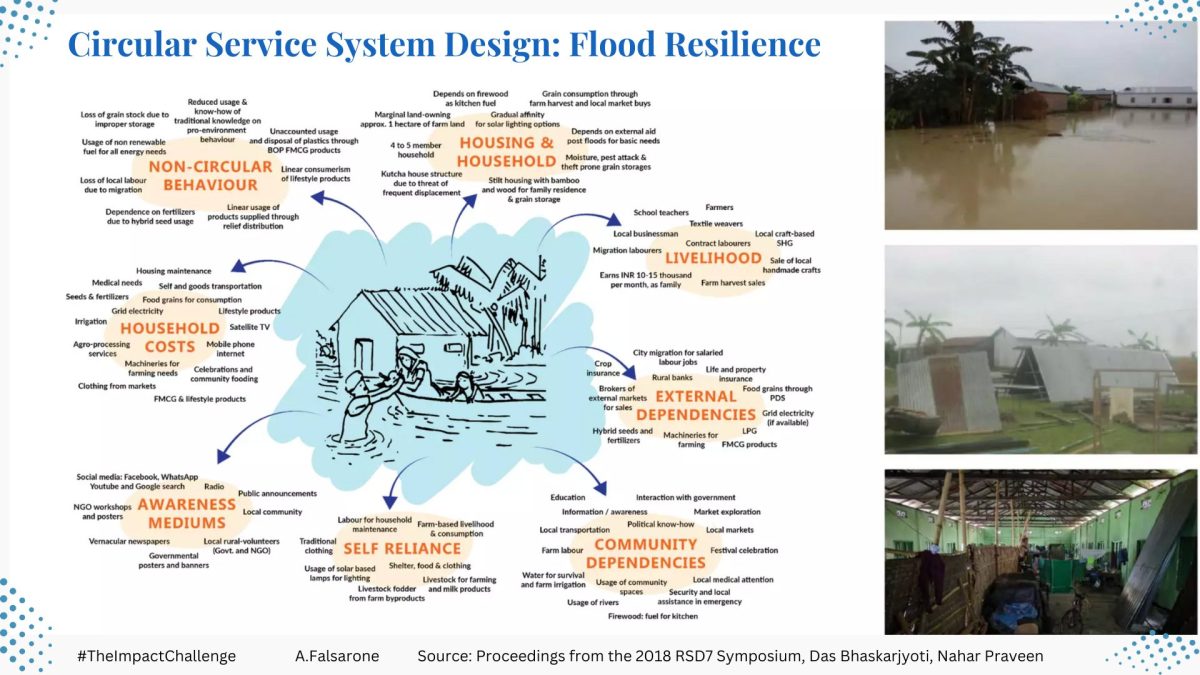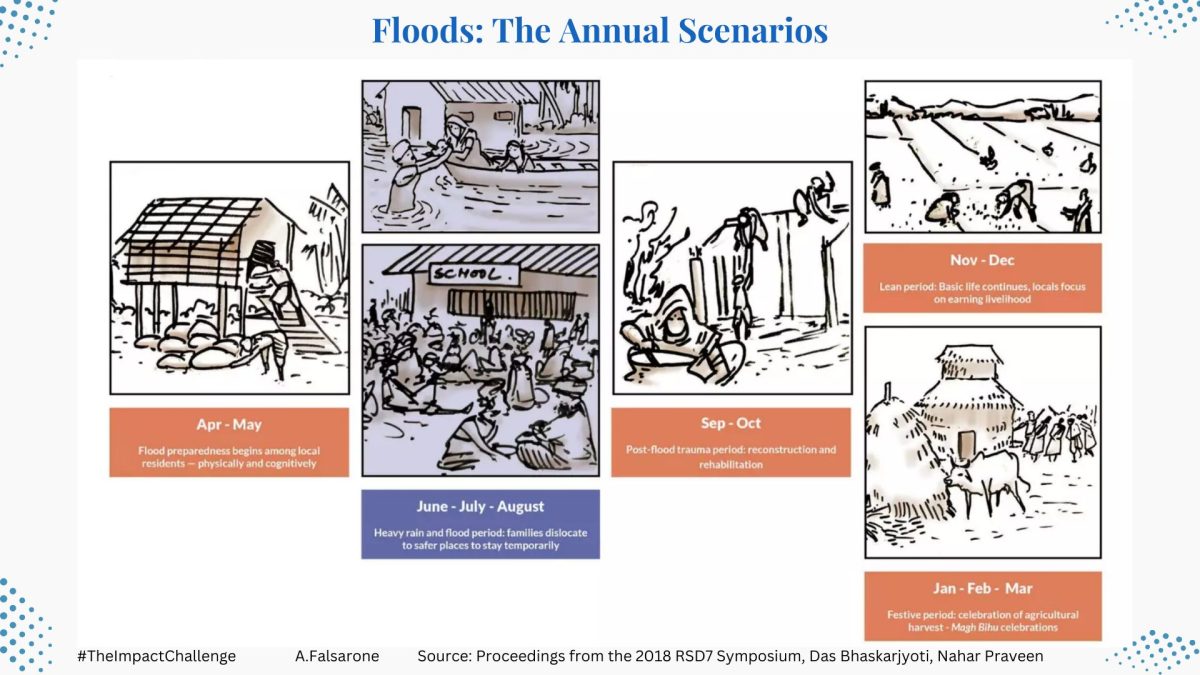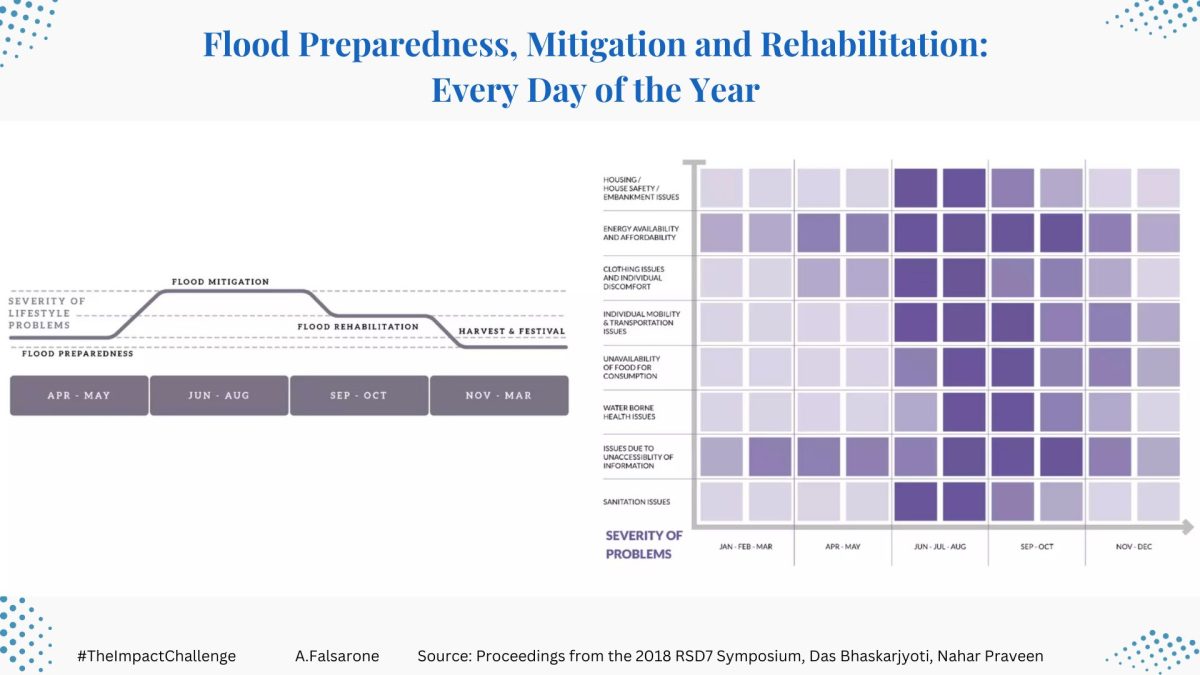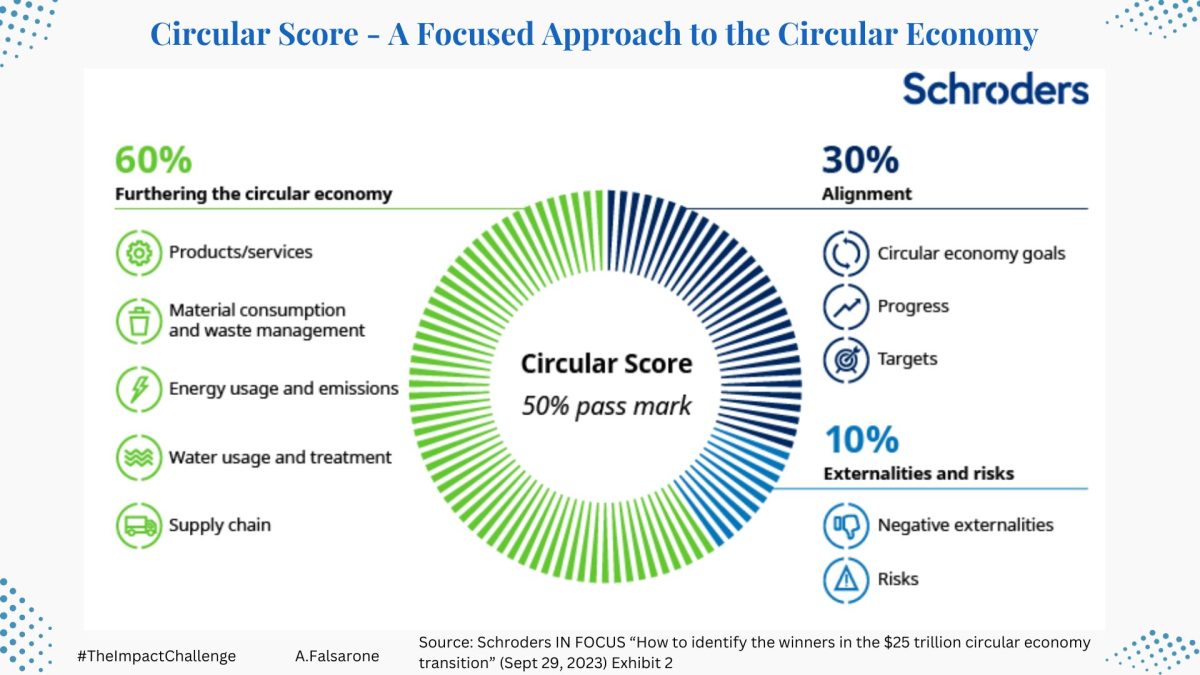NEWSLETTER by Alessia Falsarone. The author acknowledges the team at The University of Chicago Circular Economy and Sustainable Business Management Program and all participants of the innovation knowledge hub for their insights and collaboration.
In recent years, the city of New York has experienced the devastating consequences of climate change firsthand. From the destructive Hurricane Sandy in 2012 to the more recent instances of severe flooding, the impact of changing weather patterns has become increasingly apparent. As NYC’s Chief Climate Officer Rohit Aggarwala aptly stated in the aftermath of the tropical storm Ophelia this past week, “The breadth of environmental damages as a result of climate change is wider and more unpredictable than ever before.”
No doubt, storms have intensified, bringing heavier rainfall and posing significant challenges to urban infrastructure. The warmer the air becomes, the more moisture it can hold, leading to increased rainfall. According to Climate Signals, for every 1.8°F (1°C) increase in temperature, the atmosphere can hold about 7 percent more moisture. This rise in atmospheric moisture has already been linked to the occurrence of heavier rain and snowstorms.
Can the circular economy help build resilience to climate shocks and stresses such as the ones posed by flooding? The experience of flood-prone communities of Assam, India may teach us something.
| The science of impact
Stronger, more frequent storms and heavier rainfalls can result in occurrences of flooding in multiple ways.
The flooding events themselves also cause waste runoff to occur, which is the carrying of waste and pollutants that enters our drinking water, creating a concerning combination of polluted floodwaters. Areas that tend to produce more waste runoff are urban and suburban areas, as they have many more hard surfaces that water can’t move through easily to be absorbed into the ground. The waste found in runoff can be anything, from trash to sewage in treatment plants and chemicals in fertilizers. Flooding then carries the waste throughout the affected area with the potential of hitting drinking water sources.
Can circularity help mitigate the damage caused by flooding and flood waste?
One aspect of a circular economy involves the continuous cycling of resources within a system without degradation. For example, a concept known as Direct Potable Reuse (DPR) of wastewater has the potential to decrease reservoir overflows during catastrophic flooding events. Instead of treating wastewater to a higher standard and reintroducing it into rivers, lakes, or aquifers, DPR directly introduces highly treated wastewater into drinking water treatment plants. By bypassing the need to return the water to a basin or body of water where it could become contaminated by flood waste or affected by torrential downpours, DPR circumvents this issue. The reusability of wastewater has been largely untapped due to its impurities and contaminants, but promising new technologies, such as mineral-coated sands engineered to break down specific chemicals, have the potential to overcome this challenge.
By connecting the issue of flooding with waste, we gain a more comprehensive understanding of the potential damages it can cause to our communities. Adopting a circular economy can help establish the systemic resilience necessary to address multiple challenges. Evidence from the Research Triangle area in North Carolina seems to point in that direction.
| Circularity roadmaps explained
Five years ago, researcher Bhaskarjyoti Das and Praveen Nahar, Director of the National Institute of Design (NID) Ahmedabad presented their findings on how to build a community-based flood resilience response at the annual symposium of the Systemic Design Association. Their design research project draws from the experience of the flood-prone communities of Assam, India. By integrating systems design and behavioral science, they show how to navigate a public sector challenge from within. Most importantly, they believe that Design-for-Circular-Economy (DfCE) is “one of the first stepping stones towards creating future ecosystems of well-being living”.
The villages in the Brahmaputra Valley of Assam, India, experience annual floods that lead to deprivation of basic needs and extreme vulnerability. Not surprisingly, these communities have historically relied on external aid for relief and rehabilitation due to the lack of permanent flood resilience systems. Even more compelling is the fact that this dependency on aid has decreased self-reliance and community resilience in emergency situations.

Starting with the development of a collaborative grain storage and shared service system rooted in the principles of circularity by design, this project gives us a tangible example of how capability-building is a viable recipe to counterbalance emergency scenarios like floods.

A social entrepreneurial model – Collaborative Grain Storage and Service (CGSS) System – was conceptualized for flood-prone communities in Assam, using the system design framework. The CGSS helps families plan their food consumption and access grains during flood emergencies. Implementing circular economic behavior through collaborative services and renewable energy sources can create more livelihood opportunities and resource-effective systems in Indian communities and villages.

Could we develop a comparable approach for our transportation networks when urban areas are threatened by flash flooding?
| Investing in the Circular Economy
How do we know that the circular economy is closer to making it into the world of mainstream investing? When a global investor such as Schroders launches a Circular Score to help identify the winners in the $25 trillion circular economy transition. The Circular Score is a proprietary approach used by Schroders to assess companies across all aspects of their operations. The framework focuses on three areas: 1. Alignment, 2. Advancing the circular economy, and 3. Externalities and risks. Companies are scored out of 100, with a minimum score of 50 required for investment eligibility.
The score takes into account factors like a company’s alignment with circular economy goals, capital allocation, products/services, production practices, environmental impact, and risks. As a result, it can help identify those companies that have growth opportunities and better control over input costs and supply chain, vs those that do not.

Deploying a circular score across the investment spectrum allows investors to understand key engagement priorities as it highlights where companies can improve across their operational footprint (as well as beyond it).
The end result?
| You don’t want to miss this week
From Bangkok to Brussels, this week offers new opportunities to connect with fellow circularity practitioners both in person and in hybrid mode.
Discover, grow and leave your mark!
〉October 2nd: Towards Circularity: An ASEAN Perspective On Zero Waste Management In the Fashion Industry (Bangkok, Thailand). This collaborative effort is organized by The ASEAN Secretariat, and the Embassy of the Republic of Indonesia to Thailand. Its main goal is to raise public awareness about the importance of adopting zero-waste practices in the fashion industry, especially within the ASEAN context. The event will showcase best practices, insights, and experiences shared by esteemed representatives from the fashion industry in Indonesia and Thailand, which are the two largest countries in the ASEAN region. The event will also include an exhibition and fashion show to display sustainable and circular fashion products. Register for the event here.
〉October 3rd: BIOTRANSFORM 1st Working Group: Governance and Financing Challenges for Circular Bioeconomy (Virtual)*. The objective of the meeting is to explore and gain deeper insights into the governance and financing obstacles confronting governmental bodies as they navigate the transition towards circular bio-based systems. You will hear more about the specific regions and bioeconomy value chains that will be investigated over the course of the project, and you’ll be able to express the main barriers challenging the development of bioeconomy at local level.
(*) About the Project: BIOTRANSFORM (Circular BIOeconomy TRANSFORMation) is a three-year project which aims to provide EU policymakers with an adequate assessment and policy development framework, knowledge base and an expert support ecosystem to accelerate the transition from linear fossil-based systems to circular bio-based systems.
〉October 4th: European Week for Waste Reduction 2023: Q&A Session. Thinking of registering an action for the 15th edition of the European Week for Waste Reduction (EWWR) on packaging (taking place Nov 18-Nov 26)? If so, the EWWR secretariat invites you to join this informative Q&A session on 4 October. The EWWR coordinators will be available to respond to audience-specific queries.

Off to another impactful week!
| about
Alessia Falsarone is executive in residence, practitioner faculty at the University of Chicago, where she leads the Circular Economy and Sustainable Business program. The article is based on the author’s newsletter A Week of Circularity from the innovation knowledge hub.
| All opinions expressed are those of the author and/or quoted sources. investESG.eu is an independent and neutral platform dedicated to generating debate around ESG investing topics.










